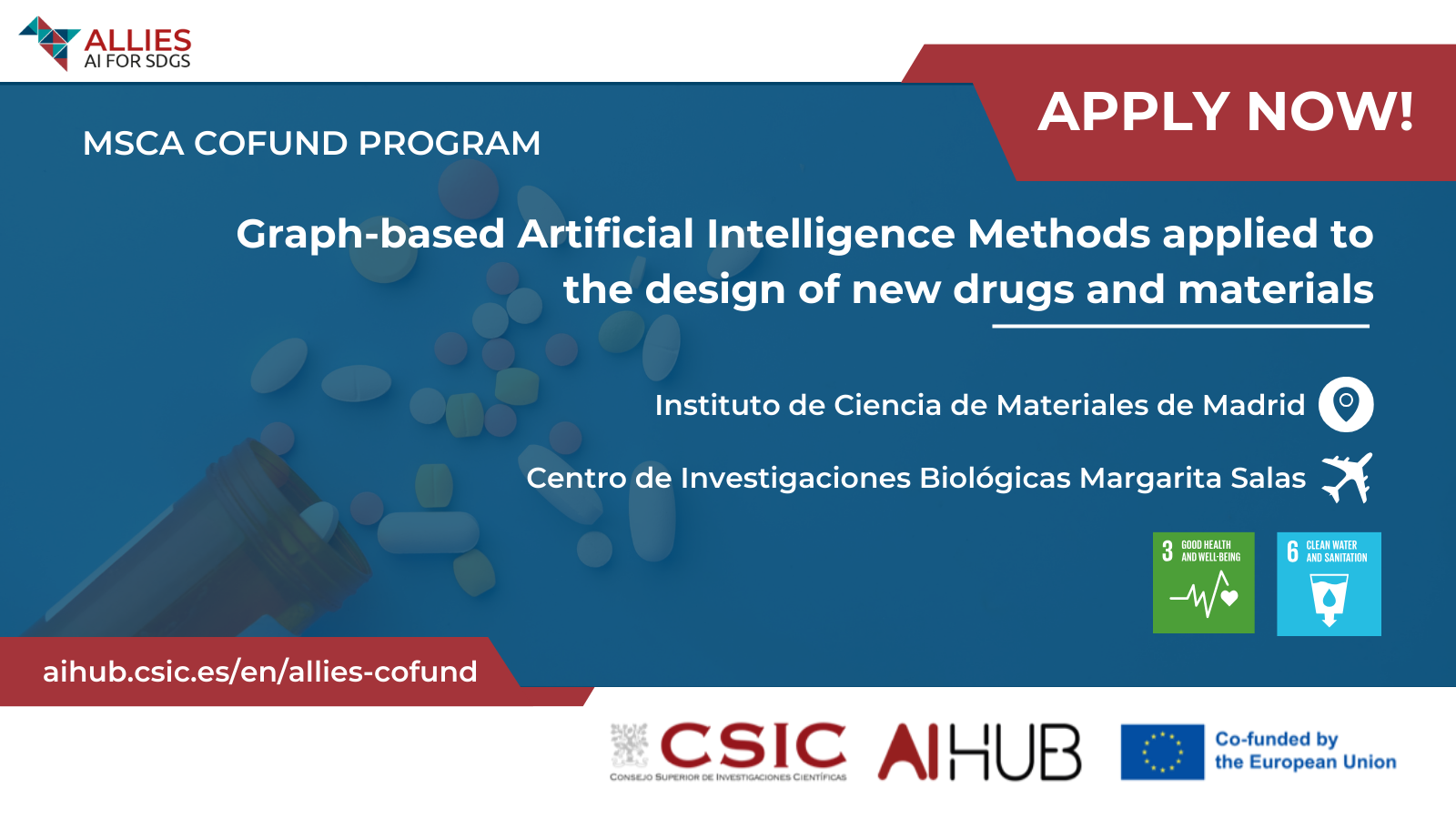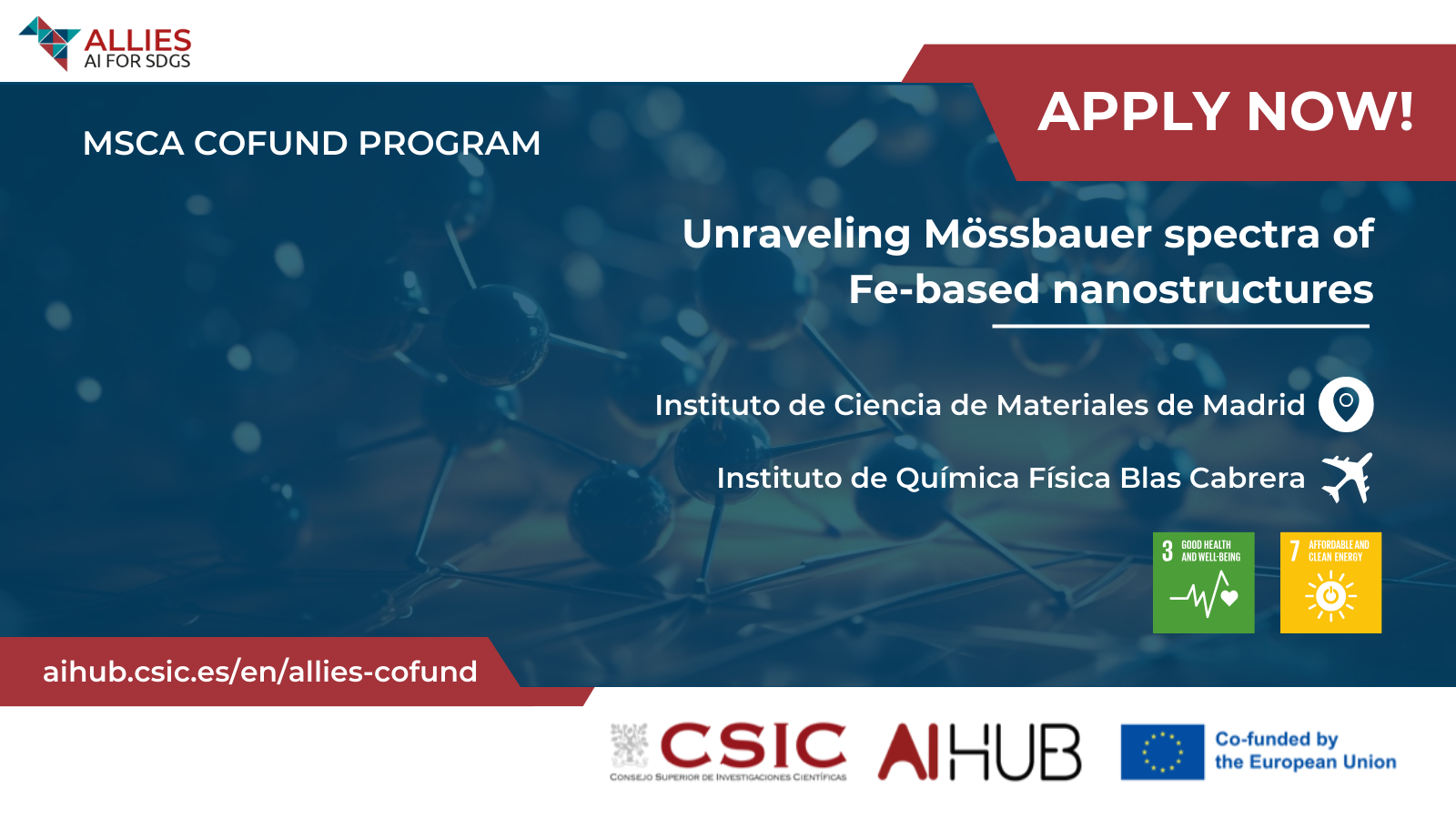APPLICATION ID: ALL12 - APPLY NOW
What we are looking for:
We seek to hire a highly motivated individual with training in either physics, chemistry, materials or computer science at Ph.D. level, preferably with experience in the use of ML/AI, and an interest in applying such techniques to problems in drug development and/or materials science. Familiarity with graph-based methods is desirable, but not essential. Candidates are encouraged to submit their own research programmes, describing their objectives, relevance, and how they would fit with research conducted at CIB and ICMM.
The context:
Over the last decade and a half graph-based AI methods have been developed in order to make it possible to use of Deep Learning approaches when working with objects that are intrinsically three-dimensional, hence not easily represented by regular data structures such as matrices. These developments have significantly extended the potential use of AI into the realms of drug design, chemistry and materials science, since molecules and atomic systems are very naturally described as graphs. With this project we aim to harness the power of graph-based AI methods to accelerate the process of obtaining new drugs and chemicals, and the design of novel materials with specific desirable properties.
The problem to address:
We have identified a particular topic of interest for the two groups involved in this proposal, namely that of Nuria Campillo (CIB Margarita Salas) and that of Eduardo Hernández (ICMM), which concerns the development of a graph-based model to develop AI-QSAR models for the prediction of biological properties such as toxicity (i.e. mutagenicity), ADME properties and biological activity. As an example, to begin would be the development of a graph-based model for the prediction of the outcome of the Ames mutagenicity test. This experimental test gauges the capability of a new compound or candidate drug to induce mutations in the recipient. We aim to develop a graph-based DL model to accurately predict the outcome of such a test on candidate new drugs. The availability of such a tool could significantly reduce costs and speed up the process of drug development in the pharmaceutical industry. This topic is well-defined and with clear objectives, and it is our feeling that it can be completed in a reasonably short time, thus opening the opportunity for the successful candidate to pursue new objectives in collaboration with the research staff at CIB and/or ICMM.
Objectives:
- To develop a graph-based AI model for predicting the outcome of the Ames test for given molecules (in collaboration with N. Campillo and E. Hernández).
- To explore potential uses of graph-based generative AI methods to automate the search for new materials with desirable properties.
- To actively engage in on-going research projects at CIB and ICMM in which ML/AI could be used.
Expected Outcomes:
The CIB and the ICMM are located in and around Madrid. Both centres provide vibrant research environments, offering the possibility to interact and collaborate with other researchers actively working in the general fields of medicinal chemistry and materials science. The successful candidate will be expected to identify potential use cases for AI methods/techniques in these fields and thus foster and expand the use of AI methods in these fields.




